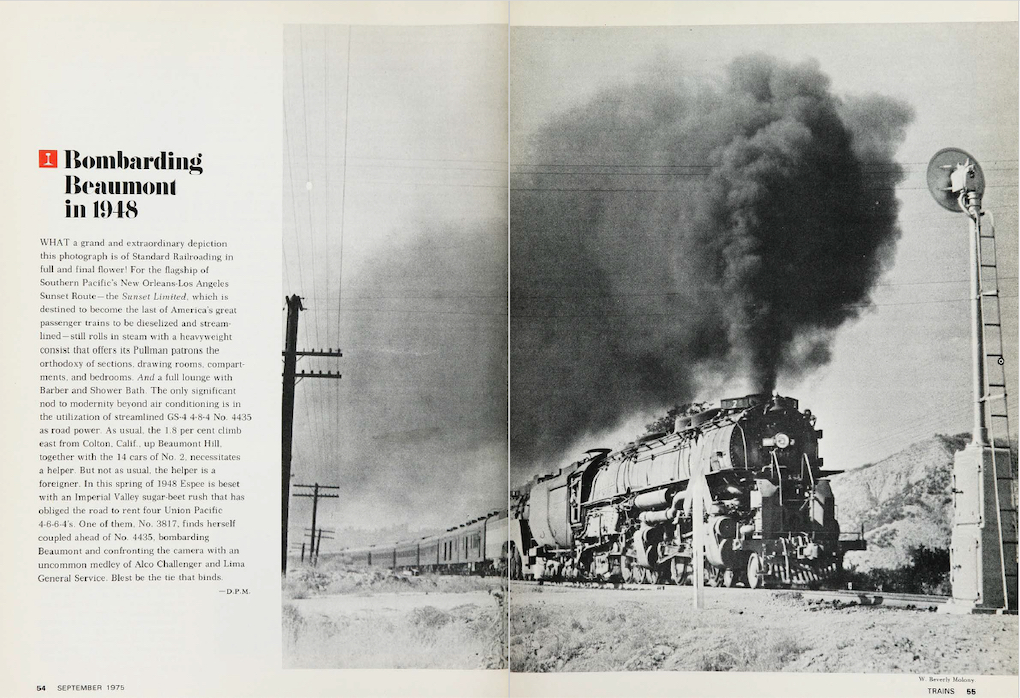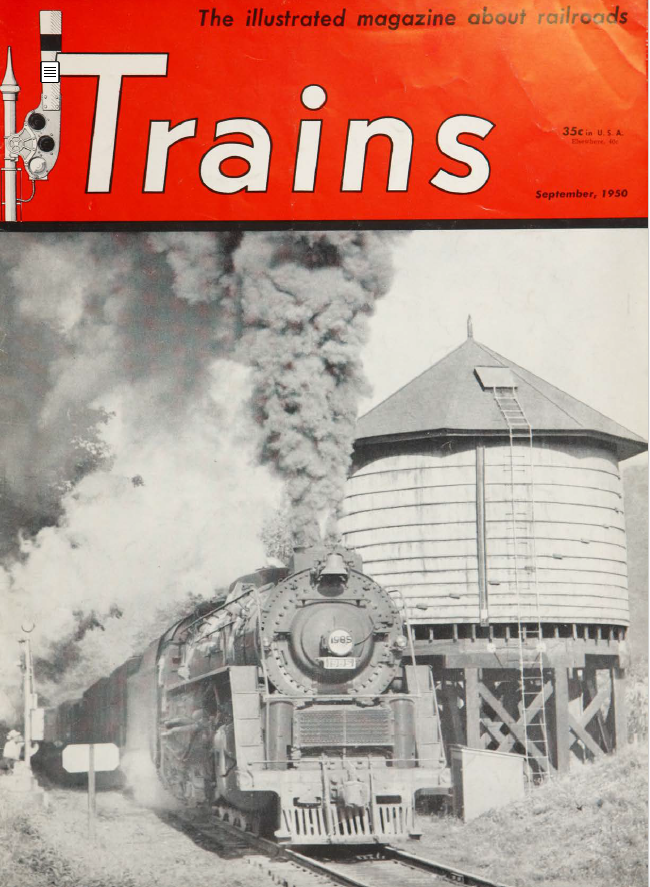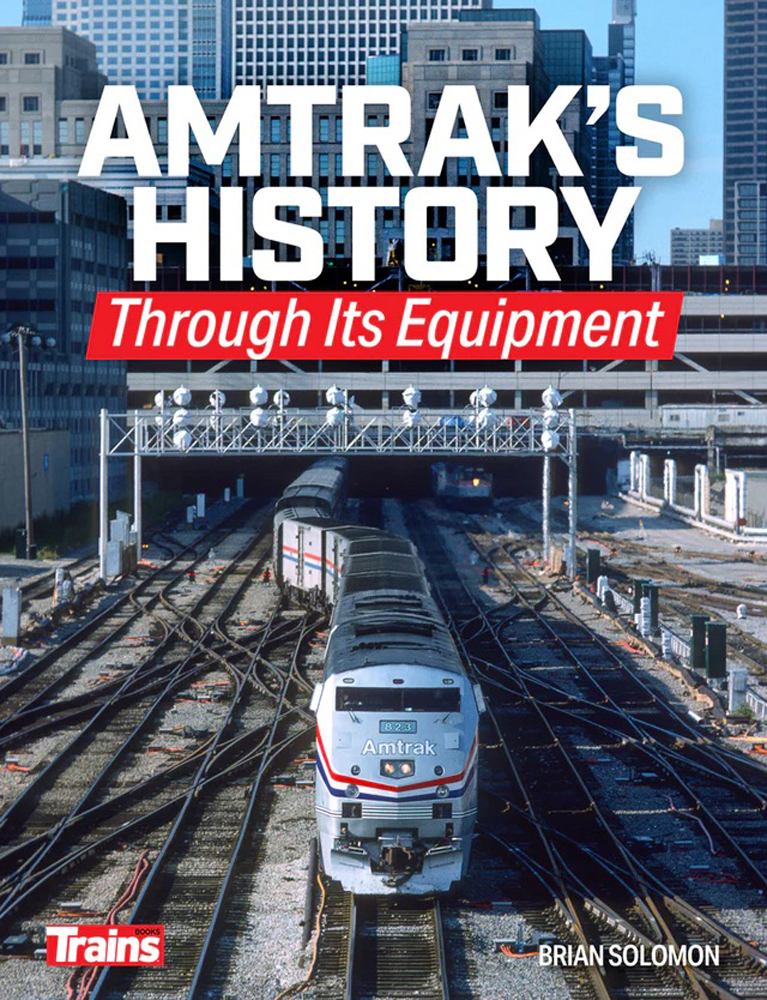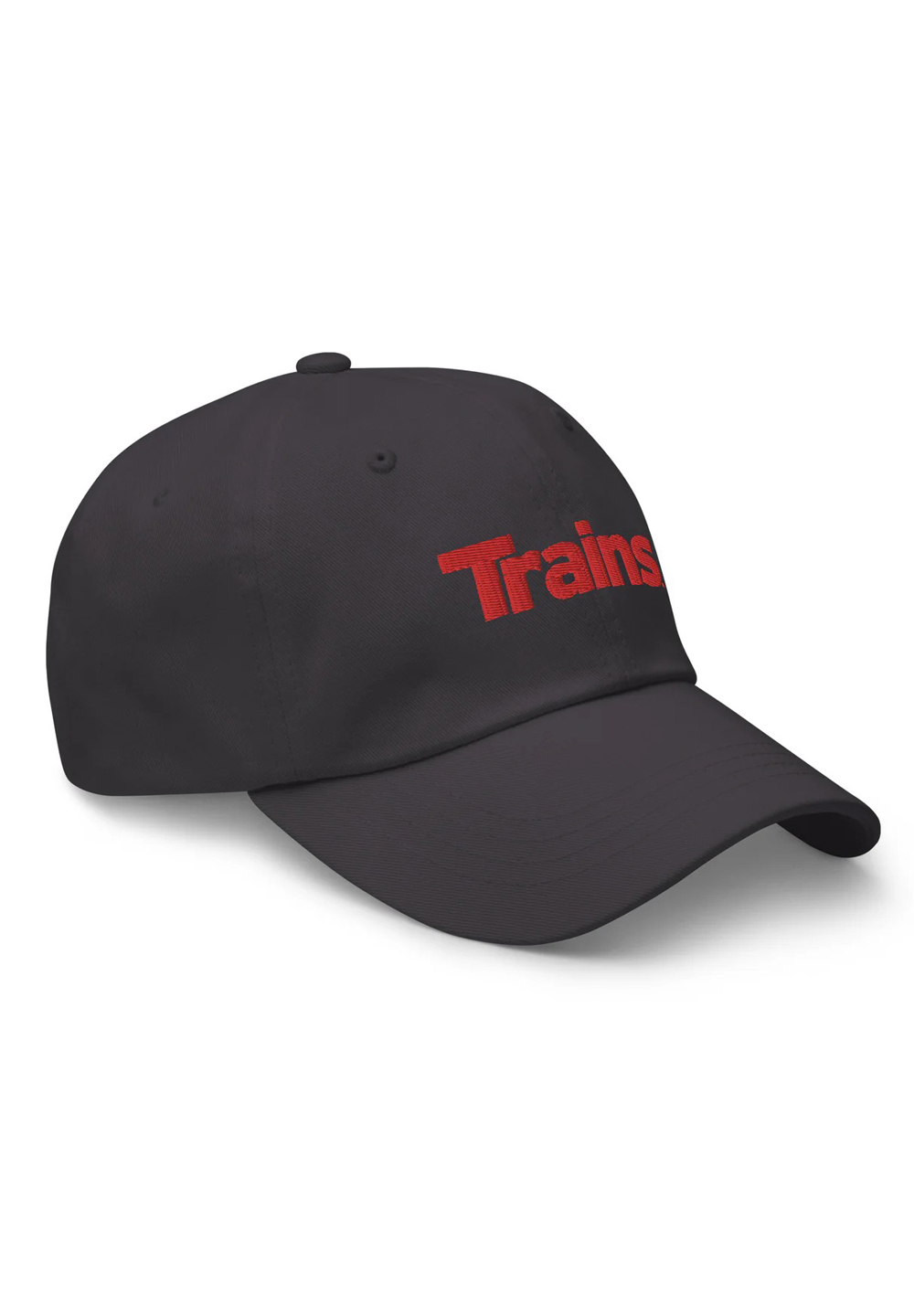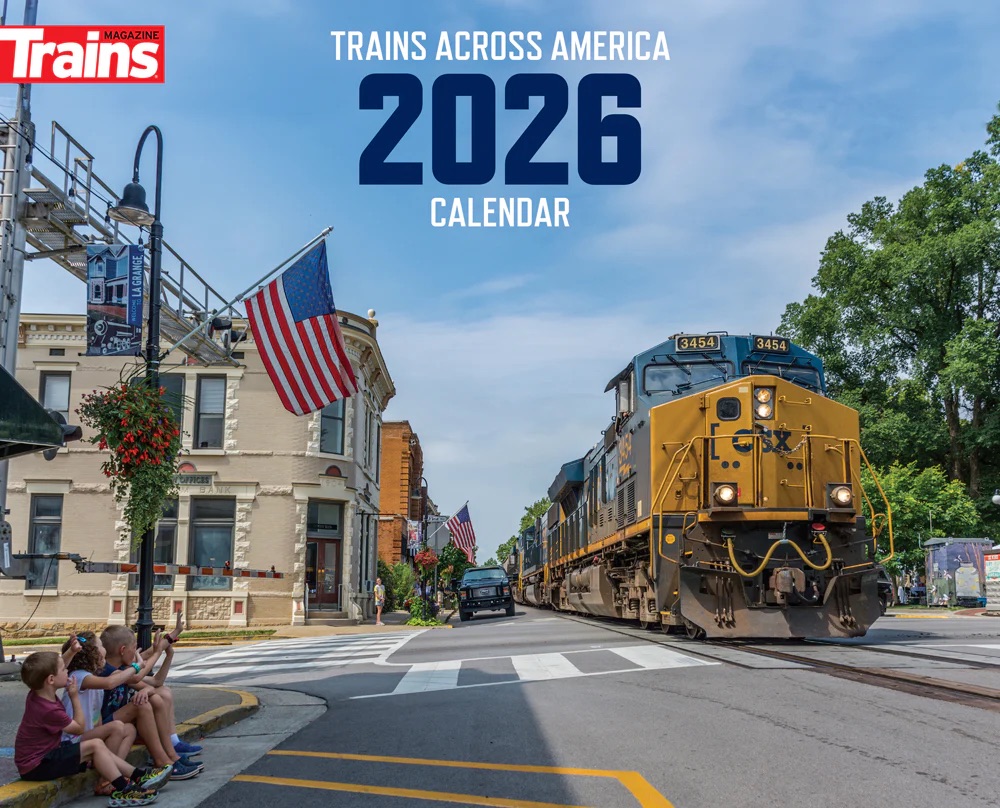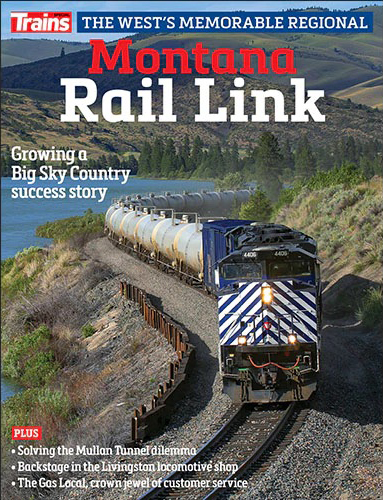

After 80 operating years as one of the most glamorous transport agencies of the old American West, the Virginia & Truckee Railroad, running from Reno to Carson City and Minden, Nev., closed its books on May 31 and on that day its last train rolled down a clear track into the realm of legend. To the end it maintained a mixed freight and passenger service daily except Sunday. Its canary yellow coaches with their open platforms and Pintsch lighting fixtures, and its right of way innocent of the improvements of modernity, remained through the years tangible links with the simplicities of the golden age of western railroading.
The V&T was the last of the so-called bonanza railroads. It was financed in 1869 by the nabobs of the Bank of California to carry down the ores of the celebrated Comstock Lode from Virginia City to the banks of the Carson River at Empire. The completion of the Pacific Railroad in May of that year made a connection with the Central Pacific at Reno an obvious move, and for many years the V&T carried through Pullmans and Silver Palace cars from San Francisco on its night trains. In 1905, as the mines of the Comstock shut down one after another, a branch was extended to the dairy center of Minden in Carson Valley, and in 1938 the main line between Carson City and Virginia City was abandoned. At hearings before the I.C.C. and the Nevada Public Service Commission, the Estate of the late Ogden L. Mills, its owner, asserted that the railroad had lost money for more than 20 years. Mills had inherited the property from his grandfather, Darius O. Mills of the Bank of California.
Just a month before its abandonment the V&T’s No. 26, oldest of its operating locomotives, was destroyed by fire together with its Reno engine house. Many hundreds of people, attracted by the publicity attendant upon the railroad’s abandonment, journeyed to Nevada during its last few weeks to take a last ride on “the little train to yesterday.” The private car Gold Coast, property of historians Lucius Beebe and Charles Clegg. which had made the V & T its “home” railroad for the past three years, was one of the last pieces of rolling stock to be moved from Carson City and spotted on the Southern Pacific at Sparks, just outside Reno. A last shipment of Comstock gold and silver bullion was carried out in a Wells Fargo treasure chest from the Donovan Mine in Gold Hill. Throughout the West, newspapers lamented the passing of an old Nevada institution.
The V&T was probably the most written about, most photographed, most painted and most admired short line railroad in history. No history of Nevada or the Comstock failed to mention it as one of the wonders of its engineering age. It occupied a notable chapter in Gilbert Kneiss’ Bonanza Railroads, and Lucius Beebe and Charles Clegg wrote an official book-length history entitled Virginia & Truckee, A Story of Virginia City and Comstock Times. It was painted by such railroad artists as Sheldon Pennoyer and Howard Fogg and was photographed by many hundreds of railroad fans. During its last days it was not uncommon for 20 or 30 cameras to be trained upon its morning arrival and switching operations in the Carson yards.
The last train from Carson to Reno on the afternoon of May 31, 1950, was given its orders by Ed Zimmer, chief dispatcher of the railroad for the past 43 years. William Recker, a V&T engineer for 35 years, was at the throttle. On the fireman’s side was Grover Russell, on the payroll for the past 40 years, and the highball was given by Lester Felesina, conductor. Their aggregate years in the service of the Virginia & Truckee was an exact century and a half. The locomotive on the last run was No. 27, outshopped by Baldwin in 1912 and carrying for the occasion an enormous diamond stack to recreate the atmosphere of wood-burning days.
Cheers and tears from the bystanders sped the last of the bonanza railroads down the track to immortality. — From the August 1950 Trains






